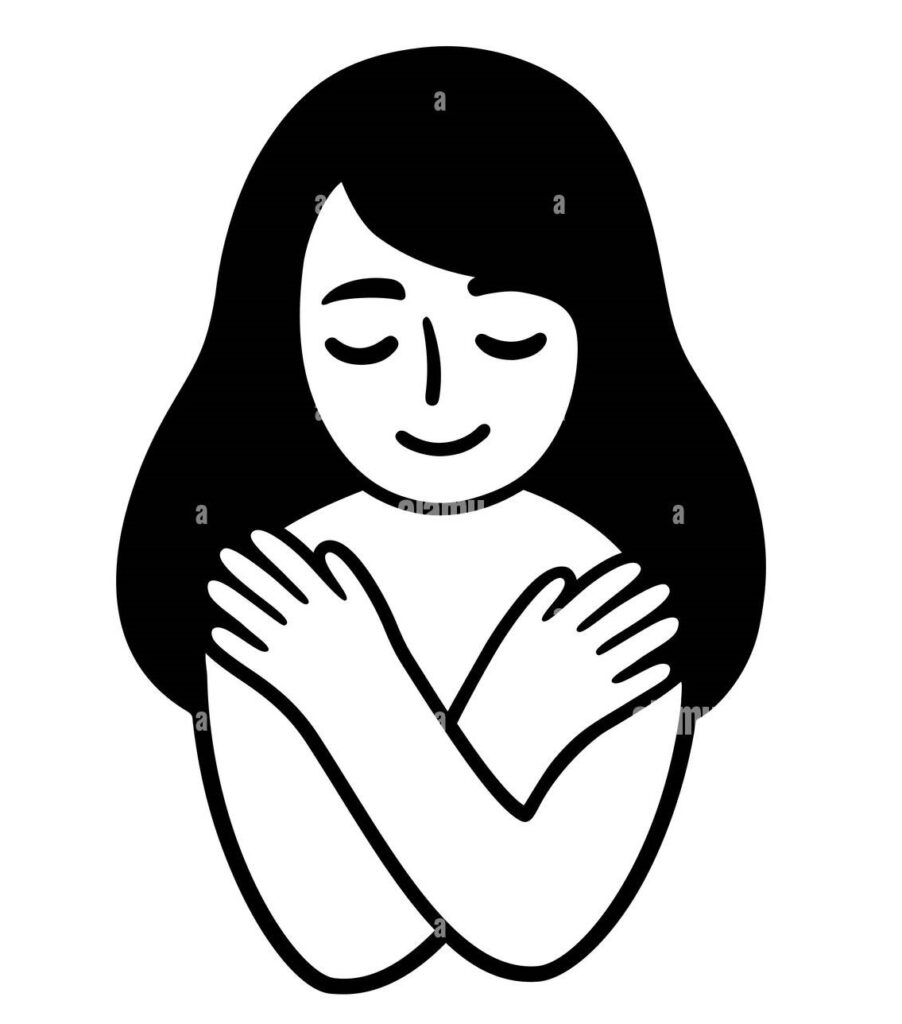Are you addicted to your planner?
…to maintaining a routine that allows you to sustain a balanced life?
If this sounds like you, then
what do you do when the unpredictable turns that all upside down?
The unexpectd event that turns your plans upside down is what I’m reflecting on this morning. Why? Because the curveball I got hit with recently is still sending out ripples of impact that have to be dealt with and I’m beginning to feel the little cracks that let me know I’m simply not doing all that great.

I’m mostly an optimist. I always seek the lesson and learning to be gained…eventually. With this recent unplanned emergency, I’m discovering that a few new tools have made all the difference to my sense of balance, so I’m sharing with hope that you’ll find some respite when your next curveball comes whizzing across the plate.
This blog is especially for all you teachers out there. It’s late summer and many of you are getting ready to start the school year. I imagine you’ve got a lot of ideas and plans for the fun you want to have and for all the learning you want to inspire. If you’ve been doing this work for a while, you know, although you may not be thinking about it, that there will be challenges among the good times. But knowing that challenges will come is not the same as having those challenges in your face. Anticipation is not the same as when the challenges interrupt your plans or bring everything to a screeching halt. Knowing that you will be triggered is not the same as feeling the frustration, fear, or anger that comes up when the triggering moment happens.
With my recent curveball, I found these tools expanded my ability to return to balance while facing life-impacting questions and decisions.
![]()
1. Pause and release
I have an amazing doctor. She practices medicine holistically, including traditional wisdom with modern medicine. When I told her that breathing wasn’t enough to reduce the stress levels, she suggested I try releasing all the muscles in my lower abdominal area: sphincter and all. Why does this work? Because these muscles activate a different nervous system than the one that’s revving us up and both systems can’t be active at the same time. It works amazingly well for an almost instantaneous calming effect. Once that settles over me, the addition of breathing brings me back to the front of my brain so I can effectively manage the decisions in a logical, less emotionally reactive way.
2. Consider the help that will make a difference
In the midst of a sudden challenge, it can be difficult to know what actions will help calm the situation. That’s why it’s so important to get into the part of your brain that can discern what is needed. In the recent upset, I first asked myself whether I was hungry, had had enough sleep, or if I were experiencing information overload (or likely challenged with all of the above). As I ran through each question, I closed my eyes, took a breath, attempting to connect with the intuitive truth about what my physical body might be needing. Once I found those answers, I was able to move on to step 3.
3. Ask for what you need
Asking for help can be the greatest limiting factor for really taking care of yourself in a moment (or week) of crisis. Accepting help can also be difficult. Unfortunately for many of us, asking for support can be tough. Some might be held back by not wanting to impose, or by a fear of being turned down. But having the courage to ask for help when you’re trying to return to equilibrium can be a lifesaver. (With this writing, my heart is overflowing with the appreciation for my friends and their families whose support meant maintaining my sanity during a week of worry and unknowns! You know who you are!)
4. Tap or move your body
When I’m triggered, I need movement to redirect the energy that has risen in my body. If I can, sometimes I just stretch my arms up and reach for the sky a few times…like 25 or 30 times back and forth. But this wasn’t exactly available to me in the middle of a highly charged situation in my classroom. As an alternative, I used tapping. My favorite tapping exercise was simply folding my arms across my chest and tapping in that little indentation below the arm and shoulder joints. There’s also Brain Buttons from Brain Gym which is a little more difficult to explain…but I’ll try: place your thumb and middle finger in indentations just below the collarbone and above the rib. It’s just about the right amount of space to massage with your thumb and middle finger. These exercises bring a calming presence. Google “tappng” and “Brain Gym” and you’ll discover lots of suggestions. I taught these and other similar actions to my students so we can calm down together.

5. Slow down
I get a short weekly newsletter: “Sloww Sunday.” I found it during the lockdown and still get it because just seeing the subject line in my inbox reminds me of how slowing down can regulate any emotional moment. I often take a slow walk a la Thich Nhat Hanh’s “peace is every step.” A slow walking practice awakens the sweet memory of walking the UC Boulder campus with Thay leading us silently along the paths, but more importantly, the act of slow walking calms the nervous system and returns my troubled mind to balance. Slowing the voice, slowing the physical movements with stretching or chi gong, slowing the breath…simply slowing down…can activate the parts of your brain that are best equipped to find a solution to the crisis du jour.
These five “exercises” were plenty to get me through a tough and triggering time. I trust you’ll find guidance in them for you, too. We are only able to “Teach Peace” when we are able to create peace within ourselves during troubled times.
~~~~~~~~~
I have some additional tips in a free workbook and webinar: Finding Calm Amidst Chaos. You are cordially invited to use them as often as you need. (Here’s the LINK) Know that I trust you’ll find your way through all the challenges you face, whether at work or at home or somewhere in between. You’ve Got This! (Thanks, Mari! Your support still hangs in clear view!)
Claudia Mann is a Montessori guide who spent 40 years working in schools and striving to help others make the most of their lives. She currently leads mentoring groups, 1-on-1 coaching, and consultations for organizations to find peace as they follow their hearts. You may contact her at [email protected].

